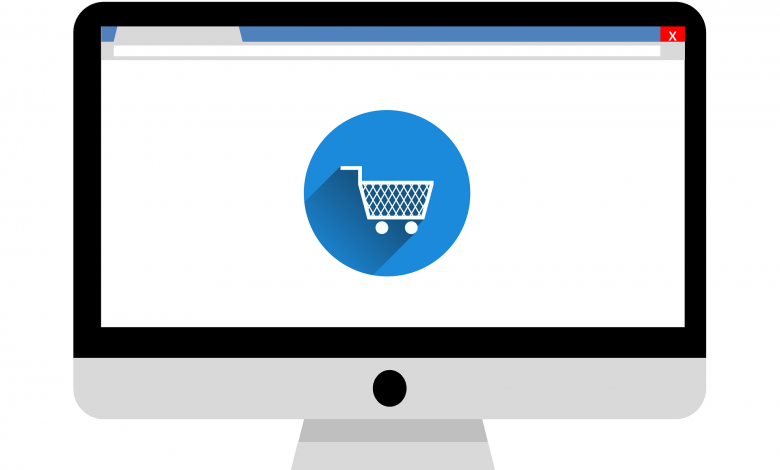Going Digital: 3 Things to Know for E-Commerce Success
Get creative and be smart when trying to capture your piece of the eCommerce pie.

With U.S. online sales projected to reach nearly $600 billion in 2024 and e-commerce penetration on the rise, decorators and distributors are getting creative to capture their share of the pie. Offering online stores to customers as an additional service is an increasingly popular solution to capitalize on the growth of e-commerce.
Online stores provide many benefits, including increasing sales and creating a seamless experience for both your customers and internal teams. Shifting time-consuming sales activities, such as collecting orders and payments, to an online store gives you an efficient, cost-effective way to serve more customers. Online stores also provide the convenience of online shopping end-consumers crave.
Consumers have a healthy appetite for online shopping experiences, but not all e-commerce initiatives are created equal. Here are three e-commerce fundamentals to know to ensure your online stores thrive.
Design matters
Design plays a significant role in the end-consumer purchase decision. Research consistently shows that consumers will leave a website entirely if the layout isn’t visually appealing, so it’s critical to prioritize visual aesthetics.
Build the store so that it’s immediately apparent the customer is in the right place. Tailor the experience for the target audience. It’s also important to be selective about the colors, banners, and background images used throughout the online store.
Use high-quality, high-resolution artwork on product mockups, even if it’s a small image. Blurry, low-resolution logos or graphics make it difficult for consumers to imagine the look of the end product. Plus, site visitors are likely to interpret the product preview image as the quality level they can expect on the final decorated item.
Information is king
When it comes to providing end-consumers information, more is almost always better. Research suggests customers will abandon a purchase due to a lack of info about products, services, or delivery. Sparse information makes it difficult for people to make an informed decision.
To avoid lost sales, it’s essential that an online store:
- Offers detailed product information, including multiple product photos, manufacturer, style name or number, and dimensions
- Lists company information, including the business name, address, and a link to the corporate website
- Provides phone and email contact information in multiple places
Product discovery should be simple
Make sure to group products into logical categories with clear labels. Depending on the customer and their product selection, you can create separate categories for adult versus children sizes, or organize items by product type like outerwear versus accessories. This seemingly small distinction helps reduce ordering errors such as someone accidentally purchasing a youth size T-shirt instead of an adult-sized shirt, or vice versa. It can also be helpful to provide a dropdown menu of the categories so site visitors can quickly navigate to the products they’re looking for when browsing.



